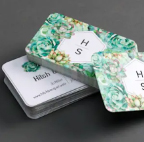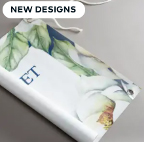

Web to Print Made Easy
ePS MarketDirect StoreFront is designed to get you up and running fast. With integrated site templates, building and branding your own online stores is simple. Managing products, users, pricing and cost centers is simple and flexible. Whether you’re a commercial printer, in-plant print center or enterprise multi-site facility – MarketDirect StoreFront web to print design software can reduce your costs and improve your customer’s experience.

Learn how the Sourcing Group are improving administration and procurement for a healthcare provider with 10,000 products, 5,300 users and 13 In-Plant print centers.

Trending Now





Who uses Web to print software?
Web to print software is used by a variety of organization to manage online sales of printed and non-print items that require specialized handling and production. These include: